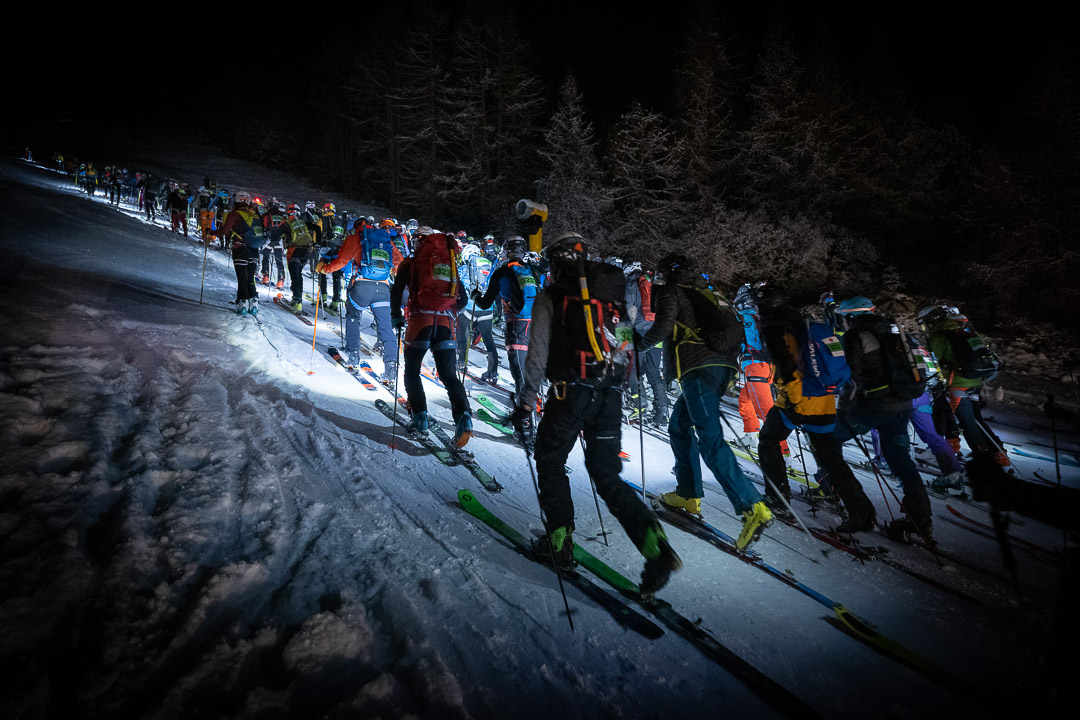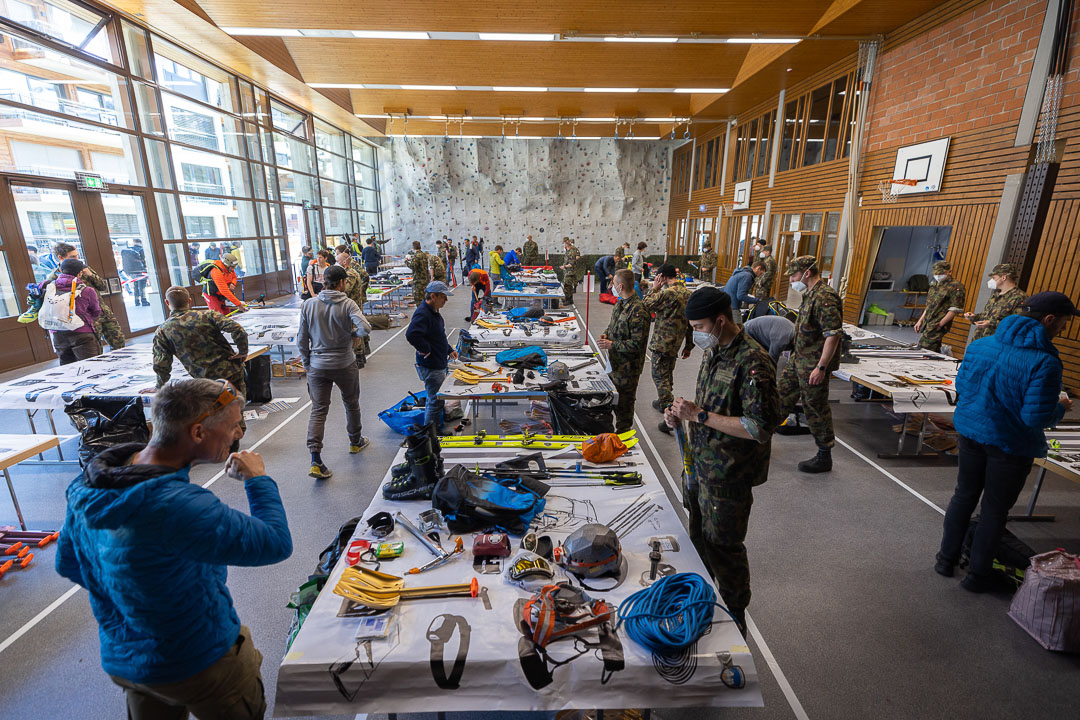Assuming I piqued your PdG curiosity in Part 1, here are the basics on getting into and preparing for the PdG. We’ll cover sign-up, logistics, gear, and touch on training. There’s a lot here, but it’s more detailed than complicated.
Signing Up to Race
The 2024 PdG will take place April 15-21, 2024. The deadline to sign up for the 2024 race is September 30, 2023. Navigating the process takes a little time, so don’t dally. Check it out here and here. It’s as detailed as one would expect from the Swiss. What follows is primarily based on my experience with the 2022 race. Make sure to consult the 2024 regulations here.

Registration, lottery, categories
There is an entry lottery to select the approximately 1500 teams. Organizers announce lottery results in late November. The registration fee is CHF 1500 (1 Swiss Franc is currently around $1.12 US). You pay when you register, but it’s refunded if you don’t get in. If you get in and cancel by a deadline in late February, you can get refunded CHF 400.
You need a team (a “patrol” in PdG parlance) of three to register—it can be mixed-gender. You must name all team members and an alternate when you register. I could not determine from the rules on the PdG website whether the alternate must be in Zermatt at the start. Ours wasn’t, and we checked in without issue. You also name a team leader or “chef de patroluille.” I was the chef for Team Tahoe Skimo, which proved the source of some ribbing from my teammates. Suffice it to say that the chef says there’s always more climbing on the PdG pre-fixe menu.
There are categories for different types of teams, and they have confusing abbreviations. P1 and P2 are categories for Swiss and international (i.e., non-Swiss) military teams, respectively. P3 is the category for a civilian team with a mountain guide as one of the team members. Those teams get a preference in the entry lottery. The guide must be a “full pin” IFMGA-certified guide. We ran into another American team that included an American guide. P4 is the category for civilian teams without a guide and is the largest in the field.
We entered in the P4 category. As a team race, there are no typically defined age groups. Still, there is a competition for “senior” divisions of the civilian categories (P3 and P4) with combined ages of (I) up to 102 years, (II) 103 to 150, and (III) 151 and over. Team Tahoe Skimo’s combined age was 146, putting us at the older end of the Senior II division.






Leave a Reply
You must be logged in to post a comment.